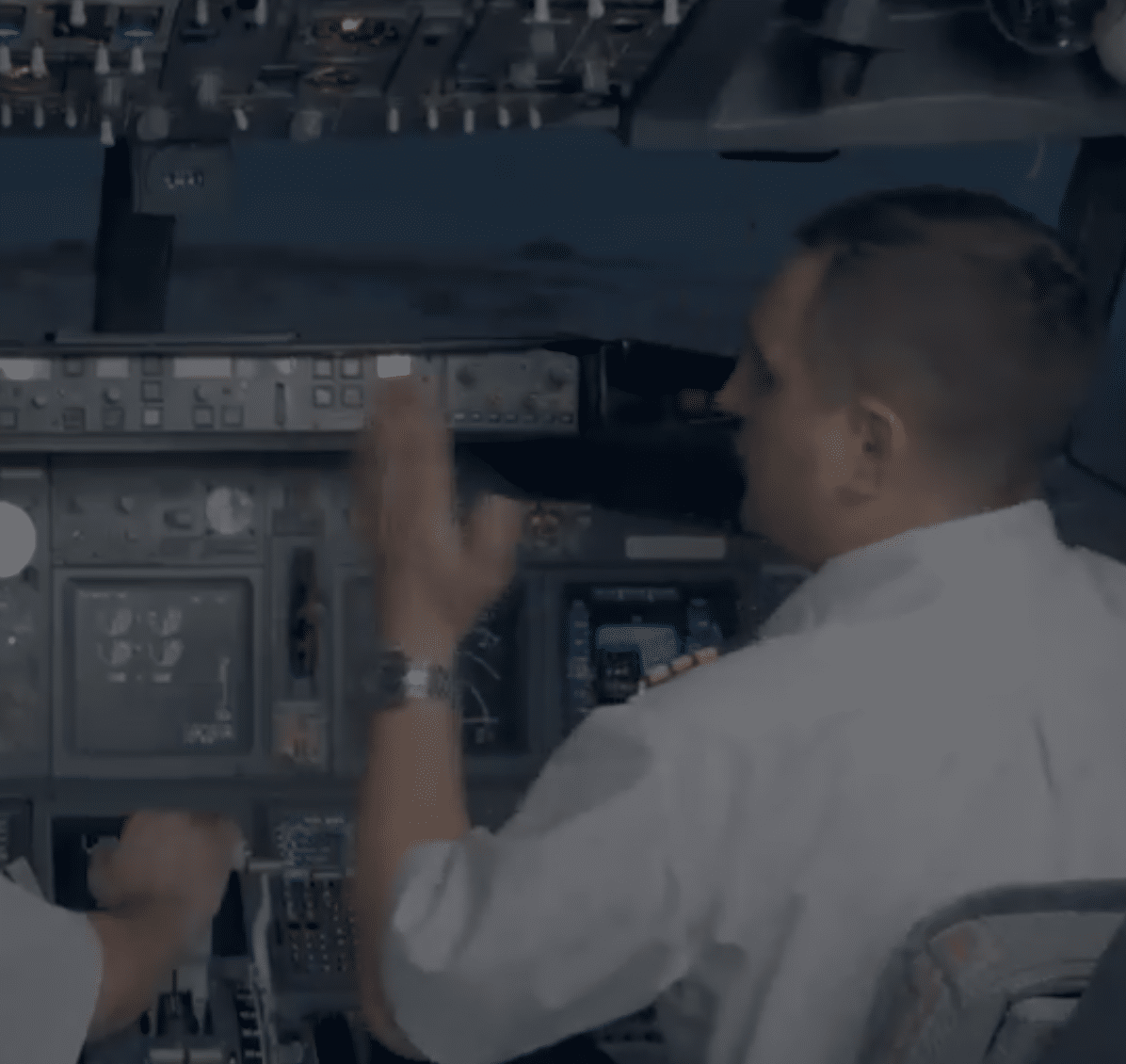The U.S. Army Aeromedical Research Laboratory (USAARL) has entered a cooperative R&D agreement (CRADA) with EyeTracking, LLC, a San Diego company that uses eye-tracking technology to objectively measure human performance. The mission of the USAARL is to preserve the health and safety of Army aviation personnel and other Warfighters while optimizing mission effectiveness. That includes developing secure ways to monitor their physiological, psychological, and performance status under operational conditions.
The systems developed by EyeTracking directly support that objective. They monitor eye and pupil movements to track users’ attention and measure cognitive workload and cognitive state. This information, processed using proprietary algorithms, can be used to quantify human performance in real time.
Through this partnership, the USAARL will use EyeTracking’s PilotReady software to develop real-time systems for monitoring the health and safety of military personnel during missions. The goal is to tailor the software to operational conditions, first in laboratory studies, then flight tests with military aircraft and personnel.
The project supports Future Vertical Lift, an effort across the U.S. Armed Forces to develop a new generation of military helicopters. It also supports Military Operational Medicine Research Programs in three areas: 1) Trust in Automation, 2) Studies on Workload, and 3) Effects of Hypoxia and Fatigue.
Together, EyeTracking and the USAARL say they will:
- Develop instrumentation for real-time monitoring of military aviators and other Warfighters during missions
- Generate scientific insights about the physiological and psychological status of Army Warfighters and aircrew
- Create methods for real-time monitoring of operator states, reserve resources, functionality, and competencies
“We are thrilled to partner with the U.S. Army Aeromedical Research Laboratory to support aviator health and safety and mission effectiveness,” said James Weatherhead, EyeTracking president. “Our solutions equip instructors with the data they need to enhance training today, as well as host a range of deep technical capabilities to develop integrated and automated training solutions for the future.”
